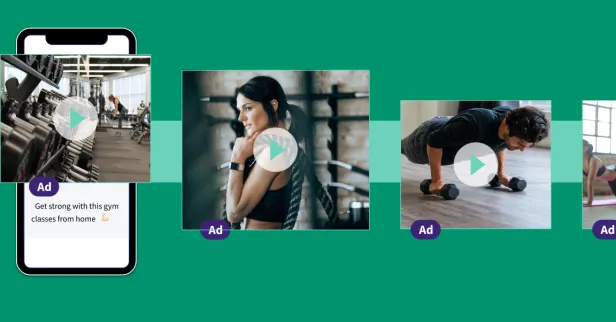Concept testing is a lot like a litmus test for product or service viability. It's a systematic process for evaluating a concept's feasibility, appeal, and potential before its launch.
By soliciting targeted feedback from select consumers, you can gauge interest levels, assess reactions, and uncover insights that inform concept refinement and ensure that every aspect of a product aligns with market needs and preferences.
Today, we'll be exploring the value concept testing brings to the table and ways you can use it to drive product sales and adoption.
The Strategic Value of Concept Testing
Concept testing isn't just about validating assumptions. It's about ensuring that every decision—from product features to messaging strategies—is informed by insights derived from consumer feedback.
Concept testing aims to validate assumptions and hypotheses throughout the product development process. It does this by iteratively collecting feedback throughout the product development lifecycle and ultimately helping you minimize potential risks and increase the likelihood of market success.
A few other key benefits include:
✅ Optimize Product/Service Features
You can leverage concept testing to optimize your product or service features by testing out different combinations/packages with potential audiences. The results will show you which offerings are most appealing to your ideal buyers, and which they are most likely to buy.
✅ Mitigate Risks
Concept testing helps you identify potential pitfalls in your product early in development, allowing you to address them proactively while maximizing your chances of success. By identifying possible obstacles in your path and tackling them head-on, you can position yourself for long-term growth and sustainability in a competitive marketplace.
✅ Improve Marketing Effectiveness
Understanding consumer perceptions, preferences, and pain points is invaluable for crafting effective marketing strategies. The insights from concept testing can inform messaging, positioning, and channel selection, ensuring that marketing efforts resonate with the intended audience and drive meaningful engagement.
The Roadmap to Strategic Growth
To leverage concept testing effectively for strategic product growth, you can follow a structured roadmap that includes the following key steps:
1) Define Your Concept Testing Objectives
Before embarking on concept testing, you should define clear, actionable objectives.
What do you aim to achieve? Are you testing market demand, refining product features, or optimizing pricing strategies? Establishing objectives provides a roadmap for the testing process and ensures alignment with broader strategic goals.
2) Identify A Target Audience for Testing
To get relevant insights, you need to screen your concepts with a relevant audience. Who are your potential customers? What are their needs, preferences, and pain points?
3) Select Your Testing Methodologies
Concept testing offers many methodologies, ranging from surveys and focus groups to prototype testing and social media listening. Each methodology has its strengths and weaknesses; the key is to select the ones that align with your objectives, target audience, and budget constraints.
Surveys can provide quantitative data on concept appeal and purchase intent, while focus groups offer qualitative insights and nuanced perspectives.
4) Prep Your Concepts
With objectives, a respondent pool (target audience), and methodologies in place, it's time to translate your product/prototype into a concept for testing.
Concepts should be presented in a clear, concise manner. You can include text, images, video, or the physical product itself (if conducting the test face-to-face to highlight the key value propositions, benefits, and features.
5) Collect & Analyze Consumer Feedback
Implement your chosen testing methodologies to begin the data-gathering process. During your analysis, the key is to be open to feedback and to look for patterns and trends that emerge across different feedback channels.
6) Iterate and Refine
With feedback from concept testing, you can iterate on and refine your concepts. This might involve tweaking product features, adjusting messaging, or pivoting altogether based on consumer preferences and market insights. The goal is continuous improvement, with each iteration bringing the concept closer to market readiness.
7) Finalize Launch Strategy
Incorporate insights from your concept testing into your overall launch strategy. This includes decisions around product positioning, pricing, distribution channels, and marketing messaging. By aligning your launch strategy with consumer preferences and market trends, you maximize the likelihood of success and ensure a smoother transition from concept to market.
Concept Testing with SightX
SightX is an AI-driven market research platform that makes concept testing a breeze thanks to Generative AI. While powerful enough for teams at Fortune 500 companies, our user-friendly interface makes it simple for anyone to start, optimize, and scale their own concept testing research.
With our Generative AI consultant, Ada, you can harness the power GPT to build concept tests in seconds. And once your data is collected, Ada will analyze, summarize and report on your findings, picking out key insights in seconds and making recommendations on ways to apply the feedback to your concepts.
Curious? Let us show you how simple it can be to collect powerful concept testing data.
